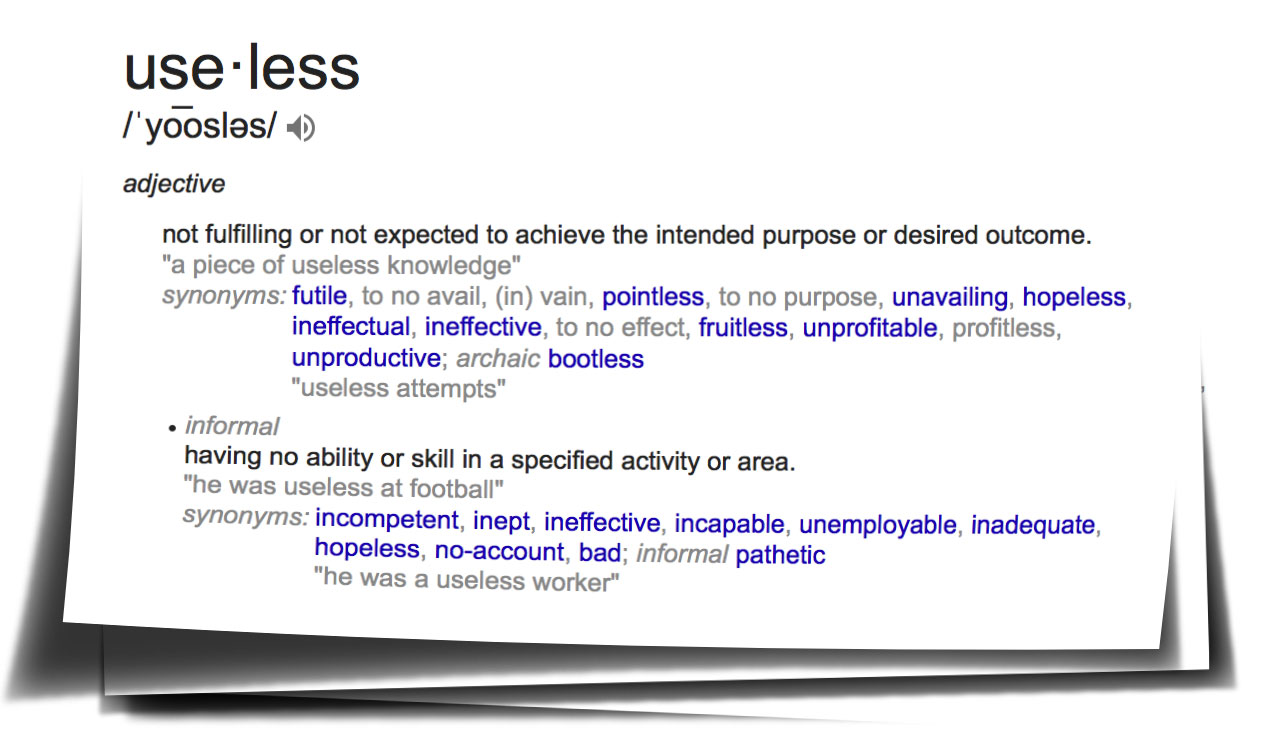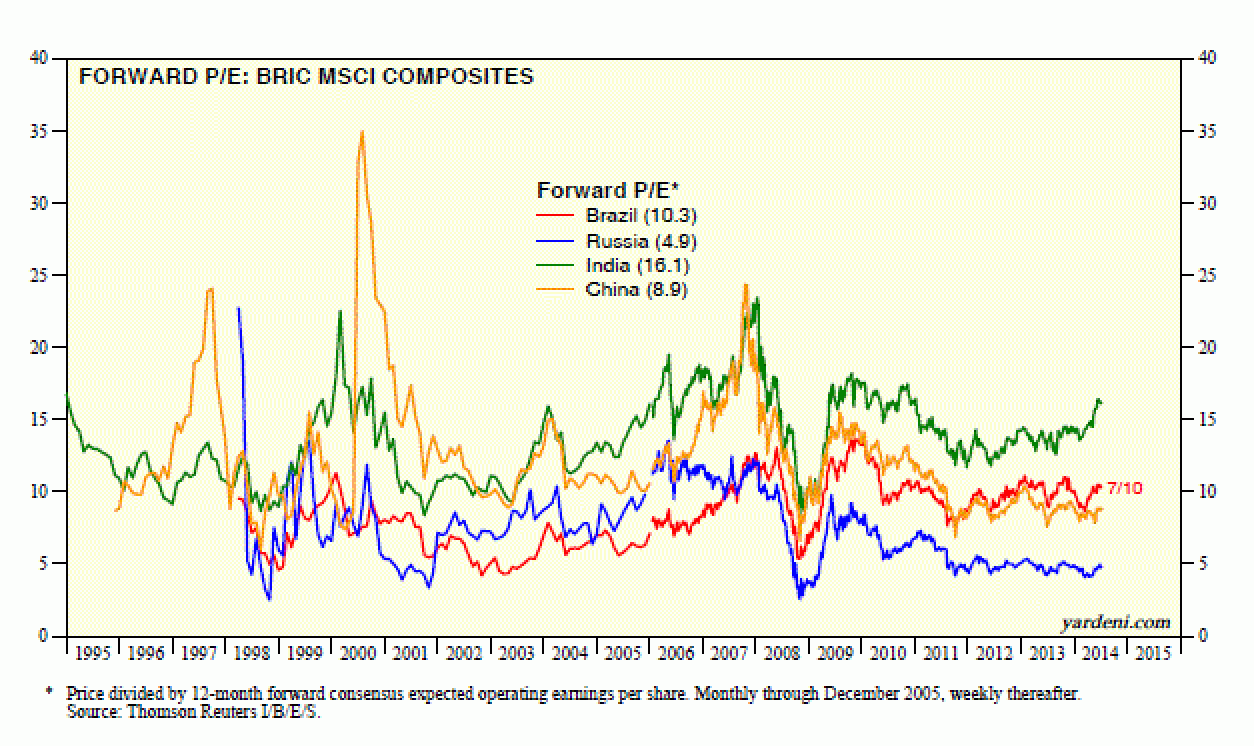by Cullen Roche, Pragmatic Capitalism
There’s an endless parade of articles and pundits today discussing the historical monthly returns of September. It’s not a very good month historically. But we see this stuff every few months. In January the media will run with the “January effect”. Then in May they’ll pump the “sell in May” story. Then in September they’ll pump the scary September stories. Then in October they’ll talk about that time in 1987 when the stock market crashed. Then in December they’ll start talking about the “Santa Claus rally”. Well, I have some news for you about all of it:
ALL OF THIS HISTORICAL MONTHLY MARKET RETURN DATA IS USELESS
Now, stock traders love this stuff because they think the markets are deterministic and totally predictable. And most academics will tell you that the markets are stochastic and random. The truth, as is generally the case, is somewhere in the middle. Past data can give you a general idea of what might occur in the future (assuming you have a decent grasp of the underlying drivers of the future potential returns), but we have to account for the stochastic component of any market. And this is where a reliance on the monthly historical return data becomes messy because there is no underlying fundamental driver that could explain the data.
From a probabilistic perspective we want to approach the markets using a sound understanding of why markets can be deterministic at times. For instance, I know, with a high probability, that human beings will innovate and produce in a capitalist system over long periods of time. And I know, with a high probability, that this will result in higher profits and higher stock prices over time. Therefore, we should expect that stock performance does not appear to be all that random over long periods of time. It should, with some variance, move from the bottom left of the picture to the top right. There is a fundamental driver behind that deterministic perspective and we can, with a high probability, predict the outcome simply by understanding the underlying driver of future potential outcomes.
The monthly return data, however, is largely random. There is no reliable reason why the month of January should consistently generate higher returns than the month of February. These data sets are largely comprised of random noise defined by randomly named time periods and then touted by the media to generate press. There is no underlying rationale for anything occurring here that can help you understand the future better or place trades in a manner that can improve the odds of you generating higher future returns. And that’s the problem with these reports on historical monthly returns. Advocates of such data are using largely random variables in what they falsely believe is a deterministic framework. And this renders the underlying foundation flawed making the utility of such metrics useless.
Copyright © Pragmatic Capitalism














